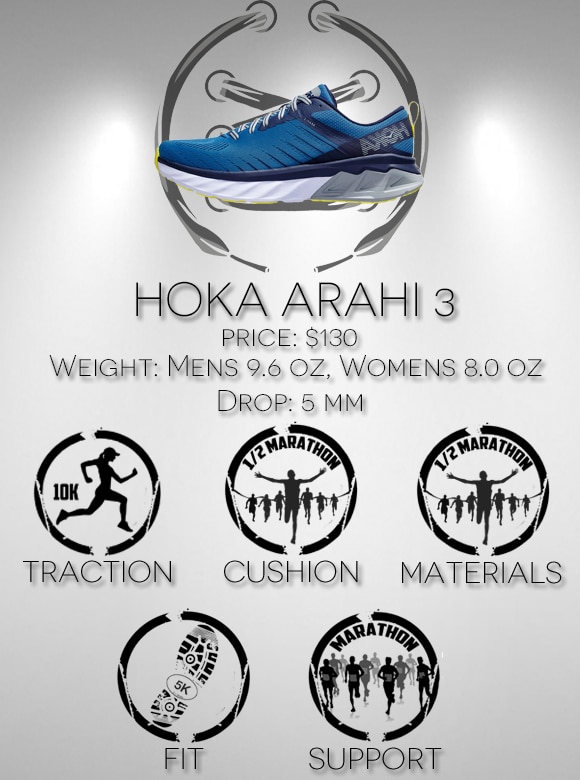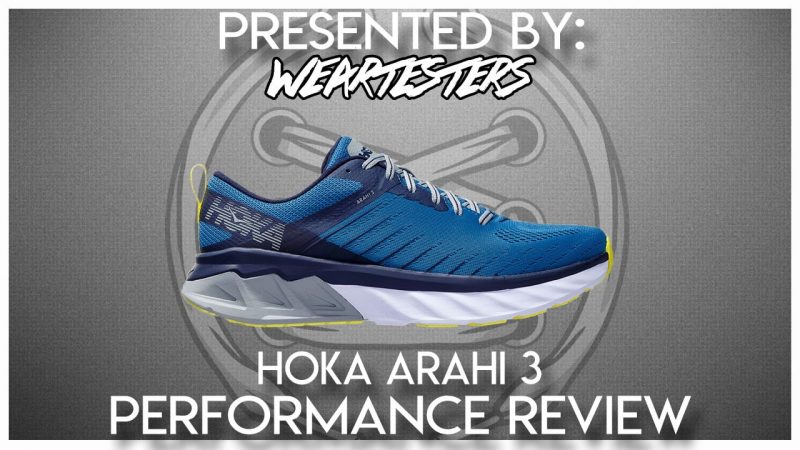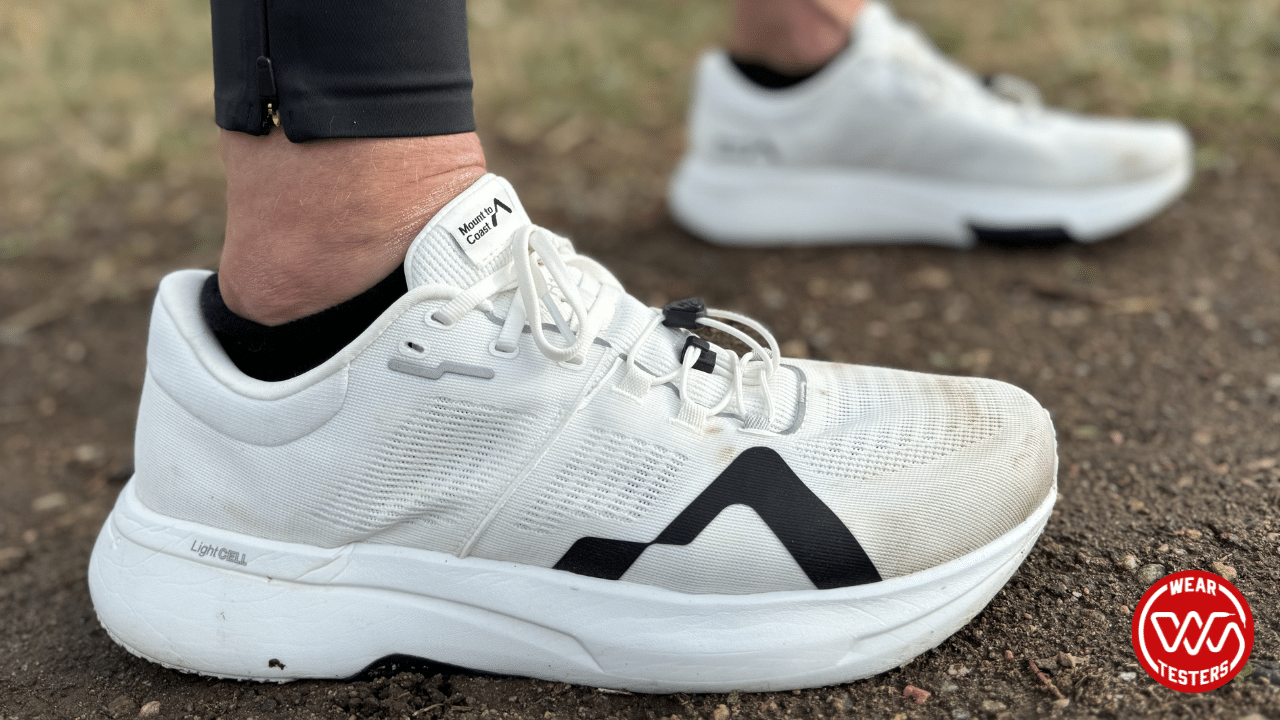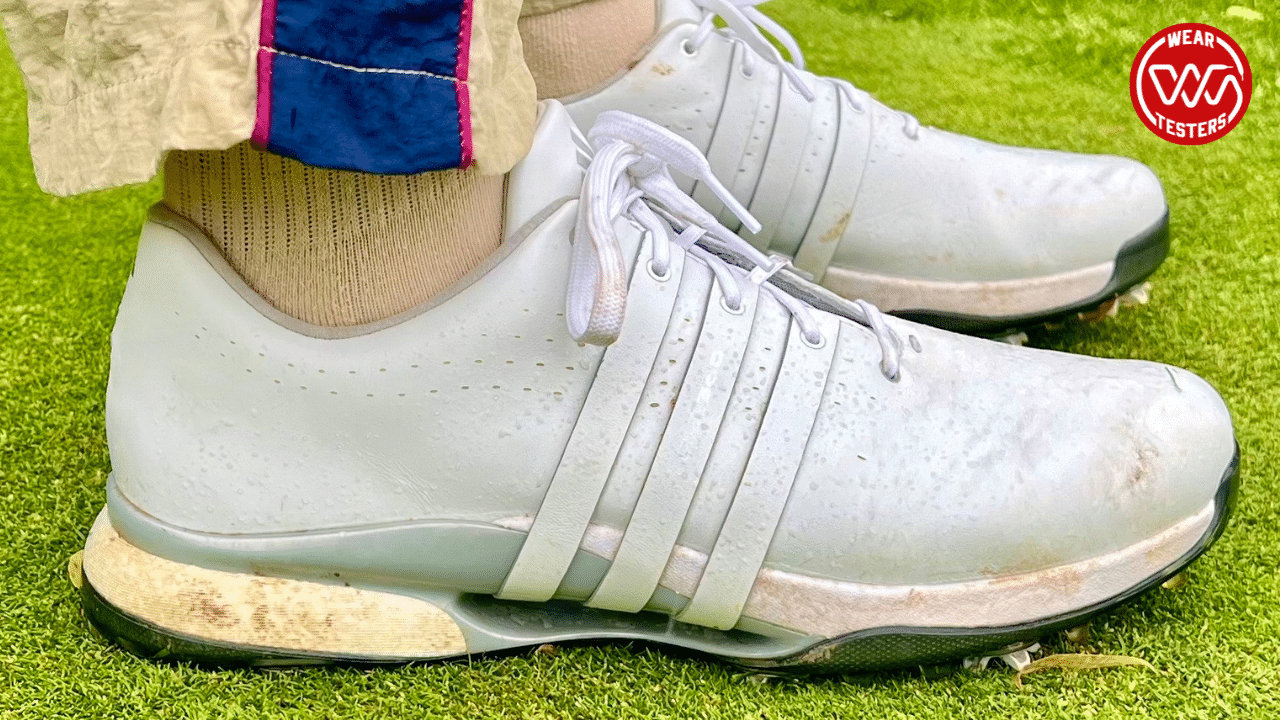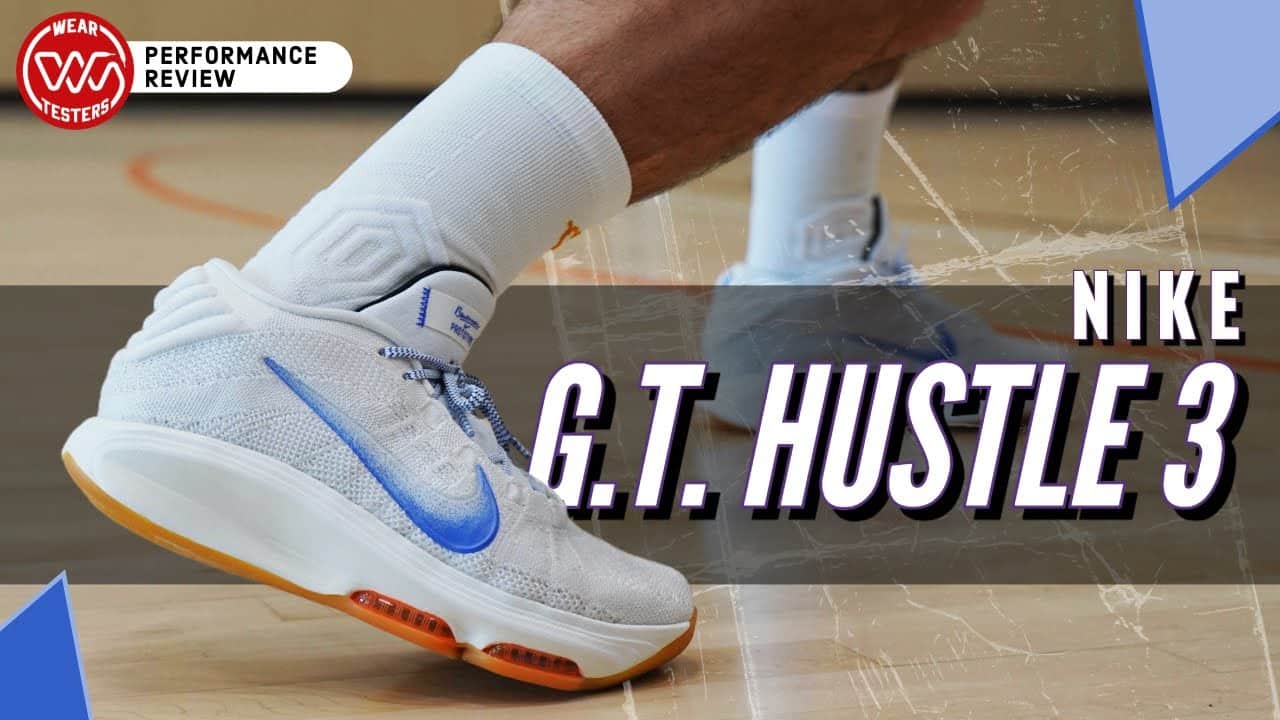The Hoka Arahi 3 is the latest iteration of Hoka’s support line. They are one of the most often recommended shoes for people who need support in their runners. At only $130, I had to try them out. Hoka is known for its maximum cushioning philosophy so if they could get a support shoe with the same feel as all their other shoes, then it would be a winner.
This is my first review on WearTesters. I’ve been friends with Drew for a few years now and I run a shoelace brand called Rope Lace Supply (check us out here). I have always loved sneaker tech. I started running seriously about a year ago and I’m currently training for a half marathon. I ran about 50 miles in the Hoka Arahi 3 on trails, asphalt, concrete, and at the beach. I wanted to see how the cushioning and traction would hold up on all of these surfaces and whether the support held up with extended use.
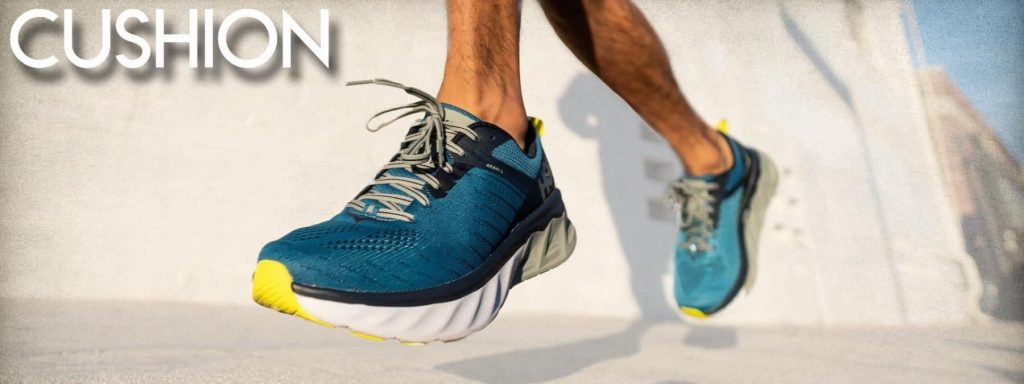
I’m a big guy with bad knees so cushioning is by far the most important factor in a running shoe for me. That’s actually why I prefer to run in Hokas. Hoka is renowned for their cushioning setups and the Arahi 3 does not disappoint. The Arahi 3 features Hoka’s hallmark big, plush midsole (made of the company’s signature rubberized EVA foam cushioning). If you haven’t run in Hokas before, the cushioning is plusher than it is bouncy, which I like. It doesn’t provide as much energy return as something like Boost but provides enough bounce to power you forward. They also feature a meta-rocker that helps propel you in a way that feels really natural. Since it’s a support shoe, it isn’t as plush as their signature Clifton line but they still feel fantastic. They’re more responsive than most Hokas which makes them a good racing shoe for people that need support on race day. Sure, the large midsoles don’t make Hoka shoes look as attractive as other running shoes but there’s no denying that they work better. More companies are starting to hop on the “max cushioning” wave that Hoka created. For example, you can’t tell me that Nike wasn’t inspired by Hoka when they made the crazy plush Next% . I expect to see more and more brands adopt the large midsole set up in the future.
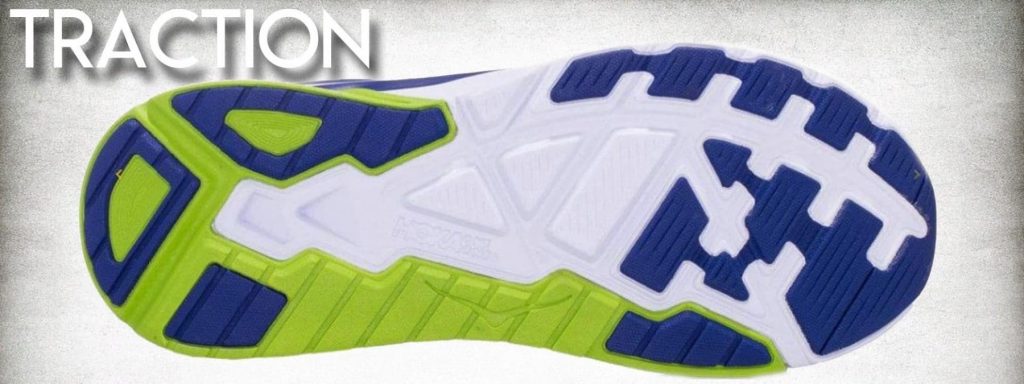
The outsole on the Arahi 3 features hard rubber on the usual spots that tend to get worn out while the rest is made of the less durable foam from the midsole. I think they did that to shed weight and it was worth it. At only 9.6 ounces these are one of the lightest support shoes I have worn. They are only 2.5 ounces heavier than the Nike Zoom Pegasus Turbo 2. 9.6 ounces is great for a support shoe. I largely ran on basic trails with these but did put in at least 10 miles on asphalt. I didn’t experience any noticeable problems with the traction and they definitely didn’t feel too sticky. I also ran a few miles at the beach where I would alternate from the wet sand to asphalt roads and the traction still held up when wet.
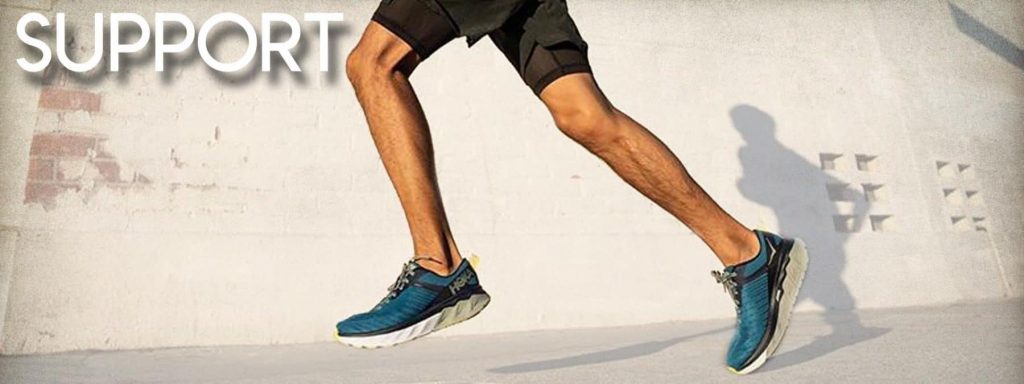
The Arahi line is Hoka’s medium support shoe. They also offer the Gaviota for those who need A LOT of support. Support shoes can be tricky as sometimes the support takes away from the feel of the shoe and can make you feel like you are wearing a basketball shoe. But not with the Arahi 3. The Arahi 3 uses what Hoka is calling a J-Frame midsole. If you look at the outsole you can see that there are two separate pieces and one is in the shape of a J. The J-Frame sits mostly on the medial side of the shoe and is raised slightly higher than the lateral side to prevent your ankles from turning inwards too much. It works wonders and you really don’t even feel it. I run in neutral shoes as well and this is the closest a support shoe has gotten to feeling as free as a neutral shoe. I actually had someone record my ankle movement to make sure the support was making a difference. The difference was obvious on film. If you’re someone who overpronates a lot then it may not be enough support, but if you’re like me then this support setup is perfect. The heel cup is also firm. I didn’t experience any slipping and the midfoot lockdown coupled with the J-frame had my feet feeling very secure. I can recommend these for light trails even though they aren’t a trail running shoe.
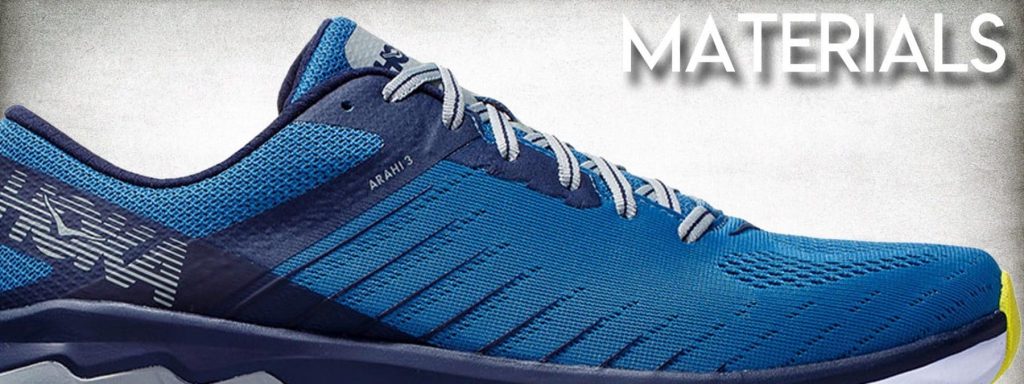
The upper is made of engineered mesh with a few spots that are reinforced with a light TPU. People complained that past iterations of the shoes upper felt cheap and weren’t breathable. They completely fixed that on the Arahi 3. These are absurdly breathable, and I never felt as if my foot was getting hot. The mesh is of course very flexible so that wasn’t a problem either. Hoka has been using engineered mesh in all of their new models and it’s been a great move. The EVA foam midsole isn’t the most durable material but after 50 miles the cushioning still feels fresh.
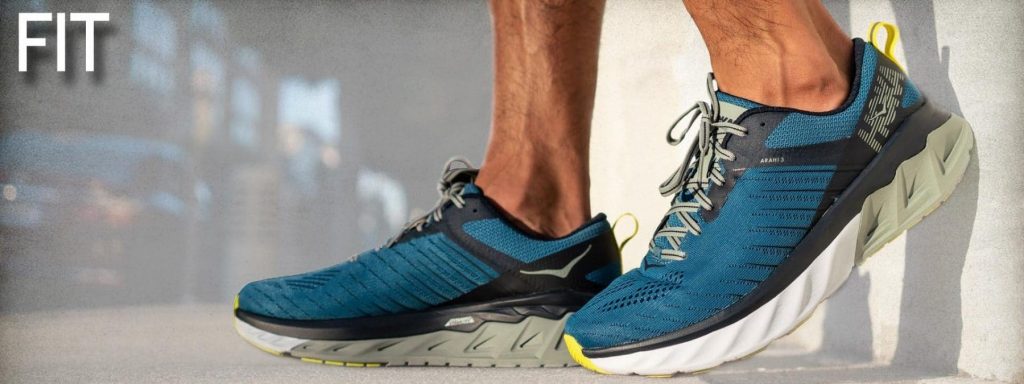
When I first tried on the Hoka Arahi 3 the fit was perfect, but after some miles they have stretched (as most shoes do) and the fit has some flaws. The toebox is now a bit too long on me but not enough to make me want to size down. The width of the shoe is normal. I have semi-wide feet, and these didn’t bother me. The laces are light, stretchy, and a bit too long. As I said before, I run a shoelace company, so this was an easy fix (?). I put in a pair of my company’s Speedlaces and now the fit is more glove like.
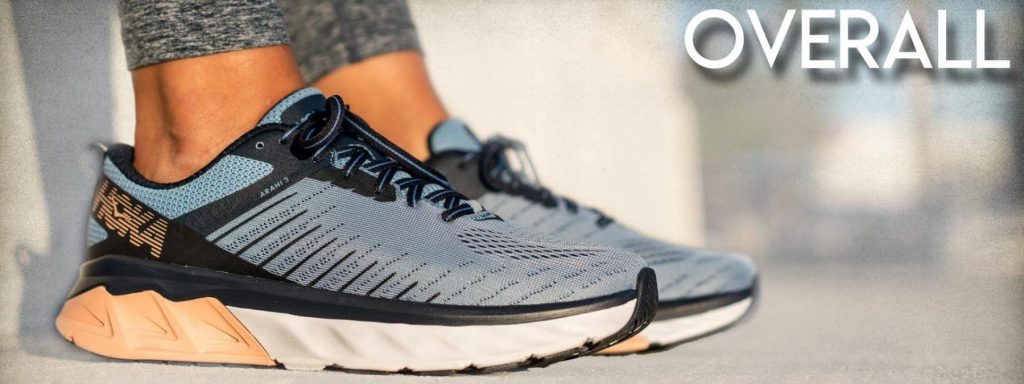
Honestly, the Hoka Arahi 3 is my current go to running shoe. My review certainly reflects that. The support is fantastic without feeling invasive and the cushioning is soft and responsive. It’s a really versatile shoe with cushioning plush enough for long distance races but responsive and light enough to work for short distances or fast workouts. I’d recommend these to anyone looking for a slightly more supportive running shoe option.
